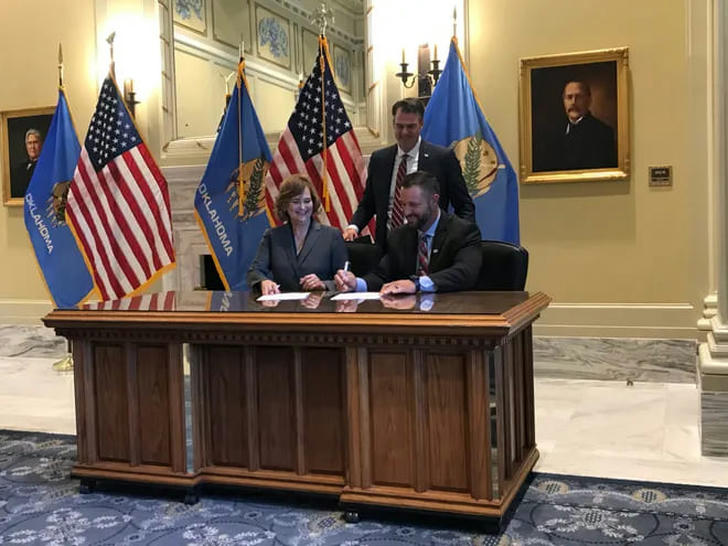Government-Provided LPN Courses: Your Path to an Affordable Nursing Career
Becoming a Licensed Practical Nurse (LPN) is a great career move, offering job security, competitive pay, and the chance to make a real difference in patients’ lives. However, the cost of education can be a major hurdle. Fortunately, government-provided LPN courses can help you get the training you need at a VERY little cost.

Key Benefits of Government-Funded LPN Courses
1. No Financial Burden – Many government-sponsored programs cover tuition and fees, making it easier to enter the field without financial strain.
2. Fast-Track to Employment – LPN programs usually take 12-18 months, allowing you to start earning quickly.
3. High Demand for LPNs – With a growing aging population, LPNs are needed in hospitals, nursing homes, and home healthcare settings.
4. Financial Assistance for Living Expenses – Some programs may offer stipends, grants, or work-study options to help with living costs.
5. Job Placement Support – Many government-backed programs partner with healthcare facilities to help graduates secure employment.
How to Enroll in a Government-Funded LPN Course
1. Determine Your Eligibility
Government-backed LPN programs typically have specific eligibility criteria. While requirements vary, priority is often given to:
✔ Low-income individuals
✔ Unemployed or underemployed workers
✔ Single parents
✔ Military veterans
✔ Recent high school graduates looking for vocational training
2. Find a Government-Funded LPN Program Near You
There are several sources for state and federally funded LPN programs:
✅ Workforce Innovation and Opportunity Act (WIOA) Programs
The WIOA provides funding for job training programs, including LPN courses, to help individuals gain employment in high-demand fields. Many unemployed or low-income individuals qualify for WIOA assistance.
✅ State and Local Workforce Development Programs
Many states offer workforce development grants to help residents train for in-demand jobs. Check with your local workforce development office to see if LPN training is covered.
✅ Community Colleges and Technical Schools
Some community colleges offer LPN programs for eligible students through state-funded initiatives at a minimum cost. These schools often partner with healthcare providers to offer hands-on training.
✅ Medicaid Nursing Programs
In some states, Medicaid-funded training programs allow students to receive LPN education in exchange for working in Medicaid-approved healthcare facilities after graduation.
✅ Employer-Sponsored LPN Training
Some hospitals and long-term care facilities offer tuition reimbursement or on-the-job training programs for employees who commit to working for them after becoming licensed.
3. Apply for Financial Aid
Even if your LPN course is government-funded, additional financial aid may be available. Complete the FAFSA to check if you qualify for:
📌 Pell Grants
📌 State nursing scholarships
📌 Workforce retraining grants
4. Take Any Required Entrance Exams
Some LPN programs require applicants to take placement tests in math, reading, or English to assess their academic readiness. If you need extra preparation, many schools offer remedial courses.
5. Complete Necessary Prerequisites
While not all programs have prerequisites, some may require basic coursework in biology, anatomy, or healthcare fundamentals before admission.
Frequently Asked Questions (FAQs)
Q: Who Qualifies for Government-Funded LPN Courses?
A: Eligibility varies by state and program. Priority is often given to individuals in financial need, unemployed workers, and those participating in career retraining initiatives. Some programs also cater to military veterans and single parents.
Q: How Long Does an LPN Program Take?
A: Most government-funded LPN programs take 12 to 18 months, depending on whether you attend full-time or part-time.
Q: What Happens After I Complete My LPN Course?
A: To become a licensed LPN, you must pass the NCLEX-PN (National Council Licensure Examination for Practical Nurses). After passing, you can apply for jobs in hospitals, clinics, long-term care facilities, and home healthcare settings.
Q: Are There Online Government-Funded LPN Programs?
A: While some coursework may be available online, hands-on clinical training is required and must be completed in person. Some hybrid programs allow online learning for theoretical subjects but require in-person clinical rotations.
Q: What Salary Can I Expect as an LPN?
A: According to the Bureau of Labor Statistics (BLS), the median annual salary for LPNs is around $54,000, with higher earnings possible in specialized fields like home healthcare and private clinics.
Q: Are There LPN-to-RN Bridge Programs?
A: Yes! Many LPNs choose to advance their careers by enrolling in LPN-to-RN bridge programs, which allow them to become registered nurses (RNs) in a shorter time frame. Some government programs also fund these transitions.
Start Your Nursing Career Without the Financial Burden
A government-funded LPN program offers an affordable and accessible way to enter the nursing profession. If you're passionate about healthcare but worried about tuition costs, these programs can help you get the education you need with minimal financial strain.
Next Steps:
✅ Check your eligibility for government-sponsored LPN programs
✅ Research local programs through workforce development offices and community colleges
✅ Apply for financial aid to cover additional expenses
✅ Prepare for entrance exams if required
Need Help Finding a Program?
Visit your local workforce development office or check online resources like the National Association of Workforce Boards (NAWB) and American Job Centers to explore government-funded training opportunities.
With the right support, you can start your journey toward becoming a Licensed Practical Nurse and enjoy a stable, fulfilling career in healthcare. Take the first step today!

